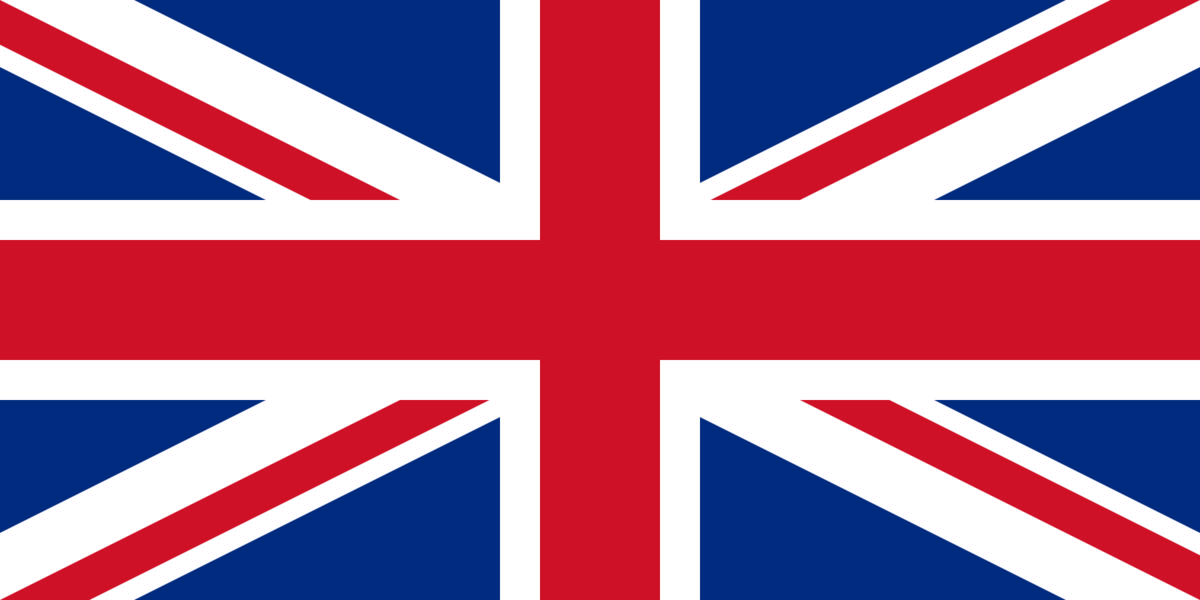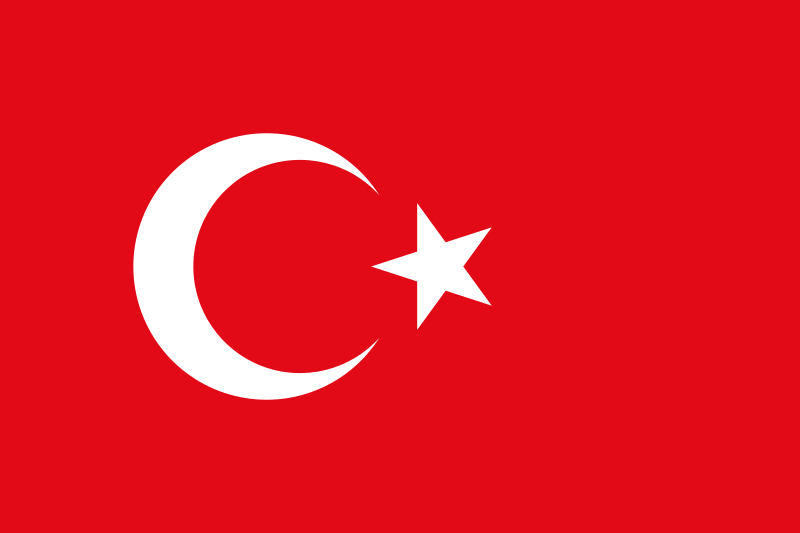Frequently Asked Questions
1. Is Rhinoplasty a Painful Procedure?
Rhinoplasty (nose surgery) is generally performed under anesthesia, so no pain is felt during the procedure. After the surgery, there may be some mild discomfort, but this is usually manageable with painkillers. In the first few days, sensitivity, swelling, and bruising may occur around the nose area. However, this pain is typically mild and decreases within a few days. The complete recovery process can take 6 months to 1 year, but pain is generally controlled within a short period.
2. How Long is the Recovery Period After Rhinoplasty?
Initial swelling and bruising usually subside within 7-10 days. However, full recovery and final results may take 6-12 months.
3. What is Nasolabial Sagging, and What Are the Treatment Methods for Nasolabial Sagging?
Nasolabial sagging refers to the deepening or loosening of the nasolabial folds due to aging, gravity, reduced skin elasticity, and volume loss.
Various methods can be applied to treat nasolabial sagging. Hyaluronic acid-based fillers can add volume to fill in the lines, while laser and radiofrequency treatments tighten the skin and reduce sagging. Additionally, facial mesotherapy can be used to inject vitamins and minerals that help with skin renewal. For more advanced sagging, facelift surgeries offer a surgical solution.
4. Where is PRP Treatment Used?
PRP treatment is used in many areas, including skin rejuvenation, reducing wrinkles, treating hair loss, removing acne scars, and accelerating wound healing. By increasing collagen production in the skin, PRP provides rejuvenating effects. It prevents hair loss and strengthens existing hair. Additionally, it can accelerate recovery in muscle and tendon damage cases, such as sports injuries and joint problems. Since PRP is derived from the patient's own blood, it is a safe and effective treatment option.
5. What Should We Pay Attention to When Getting Lip Fillers?
When getting lip fillers, it is important to choose an experienced specialist because the correct technique is necessary for natural and symmetrical results. Hyaluronic acid-based fillers are generally safe and effective options. You should inform your specialist about any allergies or expectations to avoid excessive filler application. Mild swelling or bruising may occur after the procedure, but this is temporary. To speed up the recovery process, protect your lips from excessive heat, alcohol, and overuse. Additionally, since the results are temporary, it is important to decide how often the procedure will be repeated.
6. Can I Continue My Normal Life After Botox?
Yes, you can continue your normal life after Botox. However, avoid intense exercise, massaging, and tilting your head too far down during the first 24 hours. It is also recommended to refrain from alcohol consumption.
7. What is Mesotherapy?
Mesotherapy is a treatment method in which vitamins, minerals, and other nourishing substances are injected under the skin. It is used to rejuvenate, refresh, and maintain the skin’s moisture balance.
8. How Long Does It Take for Mesotherapy to Show Results?
The effects of mesotherapy usually begin to appear within a few weeks, but this period may vary from person to person. The initial results are typically observed within 2-3 weeks. Multiple sessions may be needed to achieve more noticeable and lasting results. The number and duration of sessions vary depending on the individual’s skin condition and the desired outcome.
9. When Does the Nose Shape Set After Rhinoplasty?
After rhinoplasty, the final shape of the nose typically takes 6 months to 1 year to settle. Swelling usually decreases within the first few weeks, but the final results gradually become more defined, and it is important to be patient until the shape fully sets.
10. Is Revision Rhinoplasty a More Difficult Procedure?
Yes, revision rhinoplasty is generally a more difficult procedure. The tissue changes and structural deformities caused by the initial rhinoplasty require the surgeon to work more carefully and precisely. Additionally, revision procedures can be more complex because extra interventions may be required to correct the results of the previous surgery.
11. What is Tympanoplasty, and Who Should Undergo It?
Tympanoplasty is a surgical procedure performed to repair holes or damage in the eardrum. It is typically performed in patients who experience hearing loss due to chronic middle ear infections, eardrum perforation, or tears in the eardrum. This procedure aims to repair the eardrum and improve hearing function.
12. Why is Ear Tube Insertion Performed, and Which Age Group is it Most Common in?
Ear tube insertion is usually performed in children with middle ear infections (otitis media) or fluid buildup in the ear. These tubes allow air to enter the ear, preventing fluid buildup and reducing inflammation. Ear tube insertion is most commonly done in children aged 2-5, as middle ear infections are more common in this age group.
13. What is Buccal Fat Removal, and What Aesthetic Purposes Does It Serve?
Buccal fat removal is a surgical procedure that involves removing excess fat and tissue from the chin area. This procedure is performed to make facial features more defined and youthful. Buccal fat removal is often preferred to correct sagging under the chin or to create a more defined jawline.
14. What Are the Differences Between Botox and Fillers?
Botox and fillers are two aesthetic treatments that serve different purposes:
Botox: Temporarily freezes nerves to block muscle movements and reduce wrinkles. It is typically used in areas such as the forehead, between the eyebrows, and around the eyes.
Fillers: A treatment used to add volume to the skin, typically using substances like hyaluronic acid. It is used to restore volume in areas such as the nasolabial folds, lips, and cheeks.
In summary, Botox blocks muscle movements, while fillers add volume to the skin.
15. What is Sweat Botox, and Which Areas Can It Be Applied To?
Sweat Botox is a treatment for individuals with excessive sweating (hyperhidrosis). Botox temporarily blocks sweat glands, preventing excessive sweating. It is typically applied to areas such as the armpits, palms, and soles of the feet, and it stops sweating for several months. This treatment can be a highly effective solution for those struggling with excessive sweating.
16. How is the Recovery Process After Eyelid Aesthetic Surgery (Blepharoplasty)?
The recovery process after blepharoplasty (eyelid aesthetic surgery) is generally quick, but there are a few important stages to be aware of. Swelling and bruising may be visible in the first 2-3 days, but these will gradually subside. Since the area around the eyes is sensitive, the pain may be minimal, and can be controlled with the medications recommended by your doctor. Stitches are removed within the first week, and most patients can return to normal life within 7-10 days. Complete resolution of swelling and bruising can take a few weeks. Full recovery of the eyelids may take 3-6 months.
17. What Aesthetic Treatments Can Be Applied for Asymmetry on the Face?
Various aesthetic treatment options are available to correct facial asymmetry. These include:
- **Fillers:** Used to restore volume in specific areas of the face to achieve symmetry.
- **Botox:** Helps balance facial muscles, particularly for correcting asymmetric muscle movements in the brow and forehead.
- **Facelift and Liposuction:** Surgical methods to correct sagging and excess fat on the face.
- **Chin Aesthetics:** Surgical interventions (chin surgery) to correct chin asymmetry.
- **Facial Shaping:** Aesthetic surgeries to improve the overall contours and symmetry of the face.
18. Do Facelifts Performed Due to Weight Loss or Gain Get Damaged?
A facelift involves tightening the skin to achieve a more youthful appearance. Weight fluctuations can affect skin elasticity and cause the skin to return to its original state over time. However, facelift results generally have long-lasting effects. Significant weight loss or gain after a facelift may cause the skin to sag more in some cases, but the aesthetic results are typically maintained. It is still recommended to achieve your ideal weight before undergoing a facelift.
19. How Do Hot or Cold Weather Affect Aesthetic Surgeries?
Weather conditions can affect the recovery process after aesthetic surgeries. Hot weather:
- Can increase swelling and prolong the recovery period.
- Excessive sweating can negatively affect wound healing.
Cold weather usually helps the recovery process, but extreme cold can limit blood circulation and delay healing. Especially in delicate areas like rhinoplasty, cold weather can cause skin freezing or disrupt blood circulation. Your doctor will inform you about the appropriate temperature conditions for your recovery.
20. Can Aesthetic Adjustments Be Made Simultaneously During Turbinectomy Surgery?
Turbinectomy (nasal airway surgery) is a procedure performed to reduce enlarged nasal tissues or concha to relieve nasal congestion. It can be done simultaneously with aesthetic rhinoplasty. Many patients prefer functional and aesthetic corrections to be made simultaneously as it improves both the breathing pathway and the appearance of the nose. Combining turbinectomy with rhinoplasty provides a holistic solution by addressing both functional improvements and aesthetic changes inside the nose. However, each patient’s condition is different, and the procedure plan should be made by a doctor.



